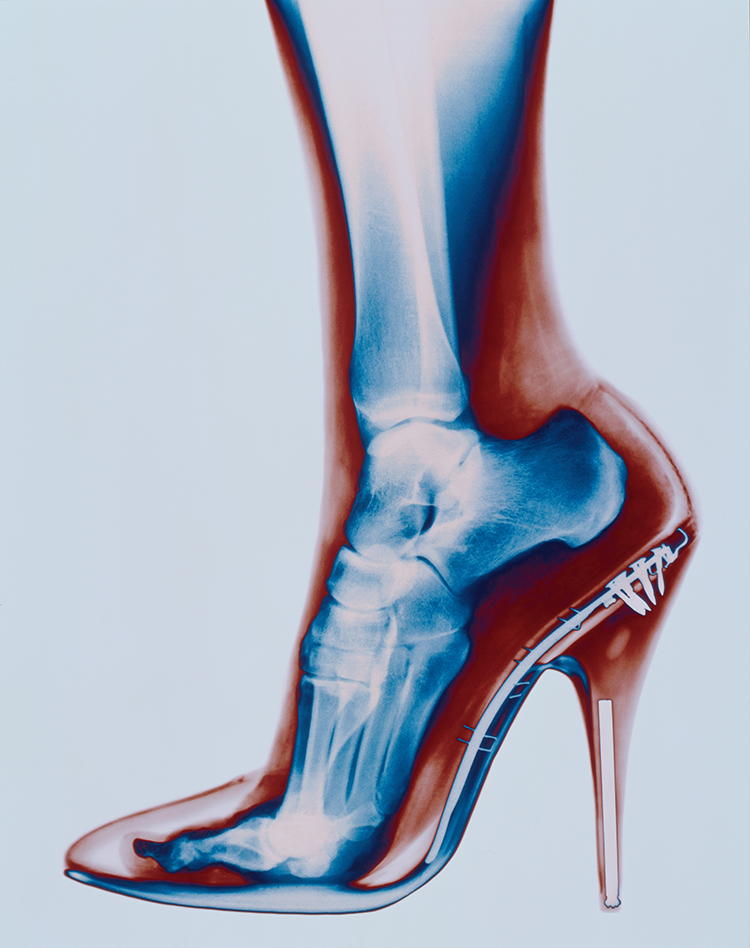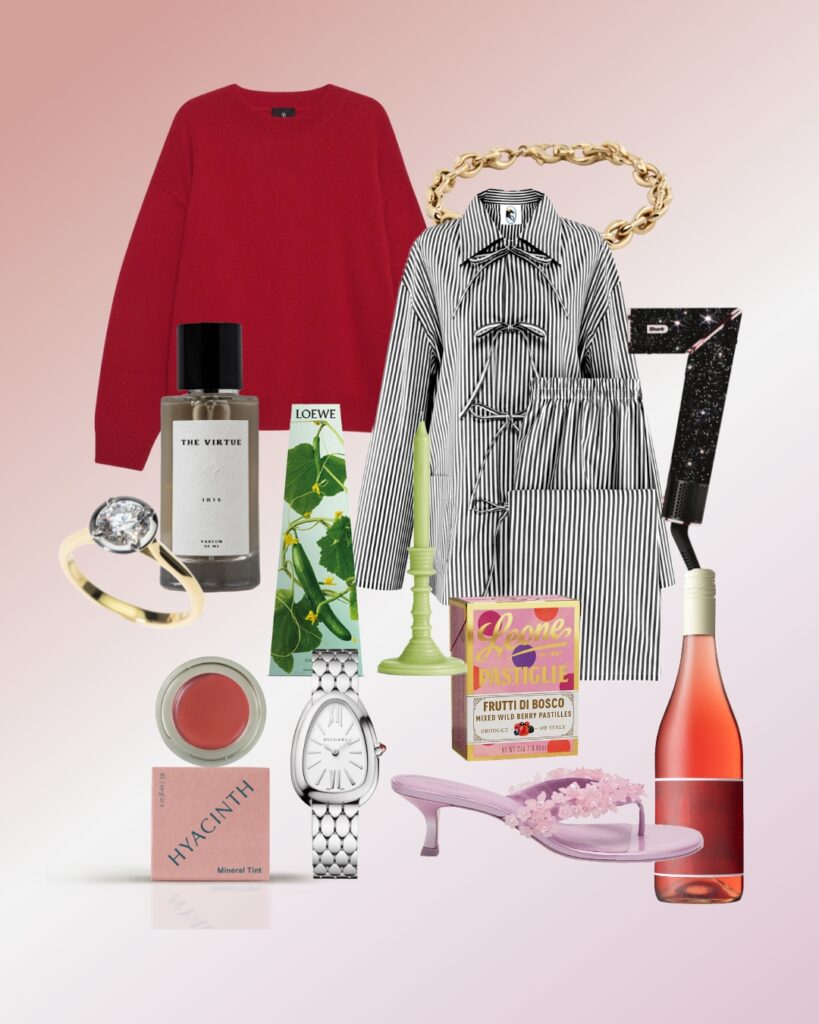
Are our beloved sky-high shoes giving us more pain than gain? Diana Clarke traces the history of stilettos and plots a path to a place where we can both look and feel great.
We’ve heard the cries of girls over the globe who swore their boots would stretch, or that they’d get used to the height, or that their feet had miraculously shrunk overnight and could easily fit into those clearance-priced size seven Louboutins even though they’re usually a nine.
In fact, most of us have been that girl ourselves. And when you’ve got twinges in your toes and aches in your arches, it is easy to blame the unrealistic beauty ideals imposed on the modern day woman. It is even easier to glare and grumble at men as the reason us girls covet the slimming and shaping effects of the stiletto, while they loaf around in loafers.
Unfortunately for us, the sexist argument is null and void when it comes to heels, despite males being one of our perennial favourite beings to blame for our hurting hooves. Why? Because men wore them first. In the 1600s, the European aristocracy wore heeled shoes so as not to be confused for labourers, since it would be impossible to work in such impractical footwear. In fact, women appropriating the heel was a feminist statement in itself, since women started donning them to quite literally elevate themselves to the status of men in society.
And of course, in true male fashion, once women were wearing their fashion fad too liberally, men quit heels, and trends followed, with women soon stepping out of stilettos in favour of more functional footwear. For a while it seemed as though the sky-high stilettos were nothing more than a fleeting fashion fad of the 1600s, until the 19th century rolled around and we all discovered how the heightened shoes elongate and emphasise the female form. And inevitably heels began to reappear on runways, for what might be one of the most enduring and impressive fashion comebacks of all time.
Nowadays, recent surveys suggest that 78% of women wear their high heels almost daily. And at the same time, injuries and long term problems originating in the foot are at an all-time high. Our killer heels are doing just that to our feet, joints, tendons and backs. So, are fashionable feet really worth the pain and damage?
The Damage
Sure the flashy footwear makes you look fab right now, but the damage heels can incur to our feet and the rest of our bodies is lasting and can come back to bite us later in life. Heeled shoes contort our feet into an unnatural ‘plantar flexed’ position, similar to standing on tip-toe for hours on end, which can lead to agonising muscle fatigue and strains.
Regular heel-wearers will be all too familiar with the short-term effects, including calluses, bunions and ingrown toenails, but the more lasting effects often occur further up the leg. Shortened calf muscle fibres and toughened achilles tendons can reduce your ankles’ motion and increase the risk of strains.
Heels can also force your back into abnormal angles. Our spines are naturally s-curved to absorb shock and reduce vertebrae stress, but high heels cause us to counteract the uneven terrain by constantly leaning forward, decreasing the curve of the back and displacing the spine, eventually leading to back pain.
The Solution
As much as our feet would thank us, we live in a world where social etiquette and our own desires mean it is unrealistic to vow to forgo our fashionable footwear forever. But there are some practical and smart thinking measures we can take to care for our foot health.
• Avoid wearing heels for a full day. Arrive in flats, change into heels for the main event, and slip back into flats for your journey home.
• Shop smart to keep your heel height as low as possible. Heels of 1-2 inches have been proven to have little to no negative consequence on our foot and back health compared to their taller relatives.
• Save your shoe shopping for later in the day.
If the shoe doesn’t fit on a hot afternoon when your feet are at their largest, don’t buy them.
• Opt out of the pointed toe. High heels redistribute all our body weight to the ball of the foot, and squeezing this area as well as the toes can result in painful muscle damage.
• Go for rubber rather than leather insoles to reduce shock and minimise spinal damage.
• Stretch before you slip into your stilettos and again when you remove them. This will help to keep your calves lengthened and flexible.
From the editors of Simply You: Body & Beauty










